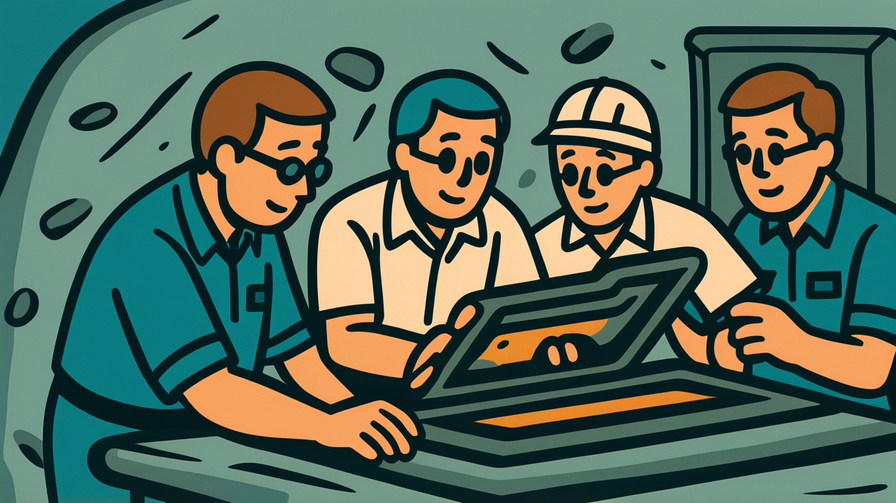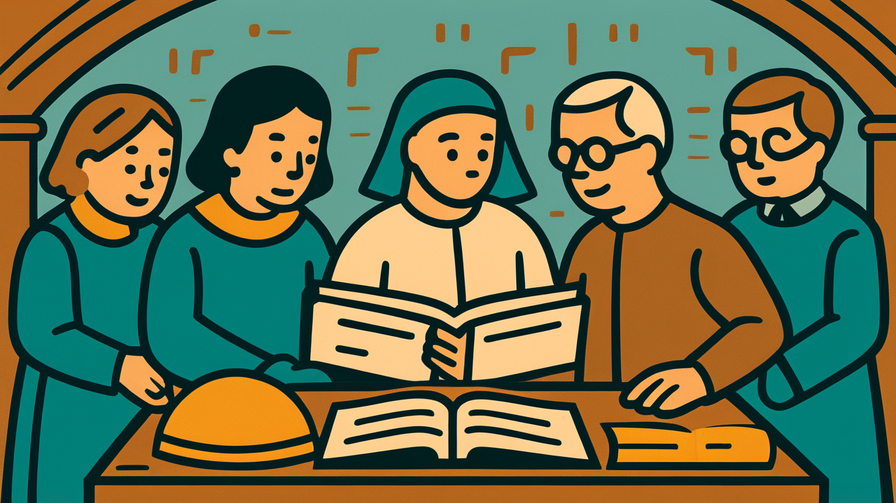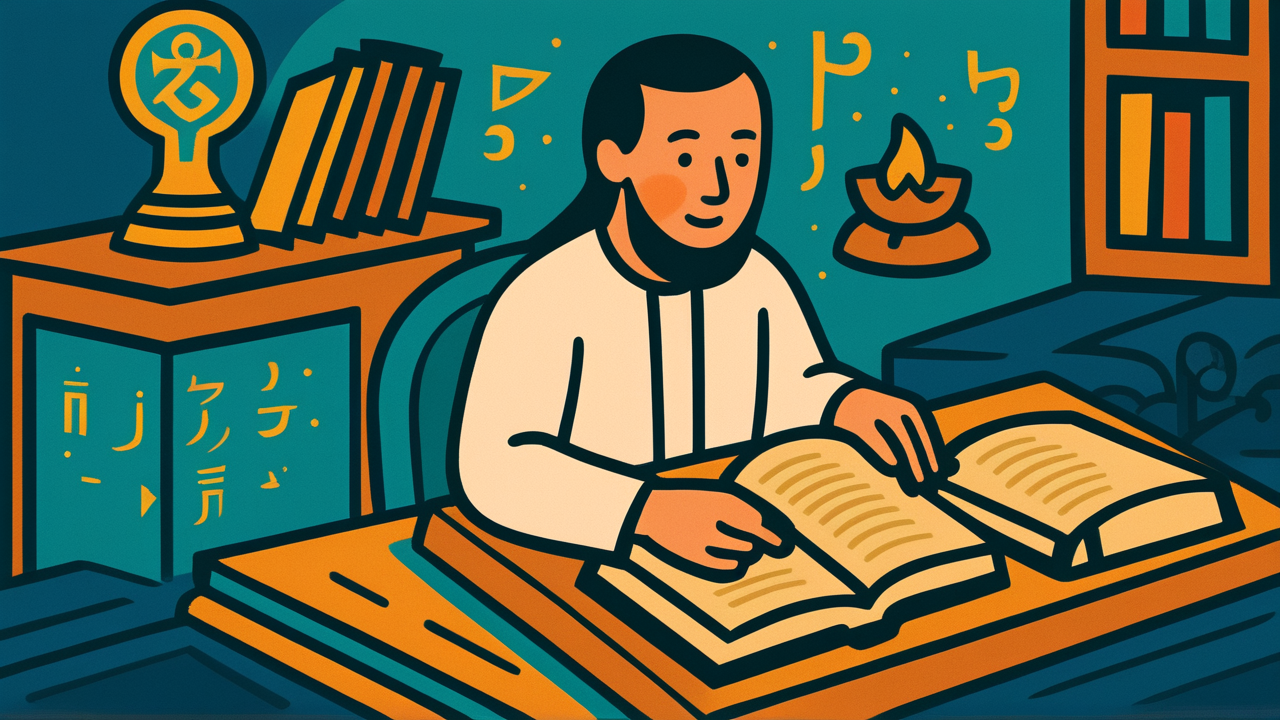[Disclaimer] This article is reconstructed based on information from external sources. Please verify the original source before referring to this content.
News Summary
The following content was published online. A translated summary is presented below. See the source for details.
Google DeepMind has developed a groundbreaking artificial intelligence model called Aeneas that assists historians and archaeologists in understanding ancient inscriptions. This innovative AI system can perform three crucial tasks that have traditionally challenged researchers: interpreting damaged or incomplete texts, determining who likely wrote specific inscriptions, and restoring missing portions of ancient writings. The model represents a significant advancement in digital humanities, offering scholars powerful new tools to unlock secrets from civilizations that existed thousands of years ago. By combining machine learning with historical expertise, Aeneas promises to accelerate our understanding of ancient cultures and potentially reveal new insights about how our ancestors lived, communicated, and recorded their histories.
Source: Google Blog
Our Commentary
Background and Context

Imagine trying to read a book where half the pages are torn, some words are faded, and entire sentences are missing. That’s exactly what historians face when studying ancient inscriptions carved on stone tablets, monuments, or pottery fragments. For centuries, scholars have painstakingly worked to piece together these historical puzzles, often spending years trying to understand a single damaged text.
Ancient inscriptions are like text messages from the past – they tell us about daily life, important events, laws, and beliefs of people who lived thousands of years ago. However, time, weather, and human activities have damaged many of these precious historical records. Traditional methods of restoration involve comparing similar texts, understanding historical context, and making educated guesses about missing parts.
Expert Analysis
The development of Aeneas represents a revolutionary shift in how we approach historical research. This AI model doesn’t replace human historians – instead, it acts like a super-smart assistant that can analyze patterns across thousands of ancient texts simultaneously. Think of it as having a detective with a photographic memory who has read every ancient inscription ever discovered.
What makes Aeneas particularly impressive is its ability to understand context. When it encounters a damaged inscription, it doesn’t just guess randomly. The AI considers the writing style, historical period, geographical location, and common phrases used in similar texts. This contextual understanding allows it to make informed suggestions about missing words or attributions that would have taken human researchers months or years to determine.
Additional Data and Fact Reinforcement
The impact of AI in archaeology has been growing rapidly. Recent studies show that digital humanities projects using artificial intelligence have increased by over 300% in the past five years. Aeneas joins other AI tools that have helped discover new archaeological sites using satellite imagery, predict where ancient settlements might be located, and even reconstruct damaged artifacts virtually.
Consider these fascinating applications: In 2023, AI helped researchers decode parts of the Herculaneum scrolls – ancient texts carbonized by the eruption of Mount Vesuvius in 79 AD. Similarly, machine learning has assisted in translating Linear B, an ancient Greek script that puzzled scholars for decades. Aeneas takes these capabilities even further by combining multiple analytical approaches into one powerful system.
Related News
The development of Aeneas comes at an exciting time for AI in historical research. Just last month, researchers used AI to discover a previously unknown ancient Roman military camp using aerial photography analysis. Meanwhile, museums worldwide are implementing AI-powered tools to help visitors better understand ancient artifacts through interactive displays and real-time translations.
Google DeepMind’s work on Aeneas also connects to broader trends in AI development. The same company has created AI systems that can predict protein structures (AlphaFold) and play complex strategy games (AlphaGo). This shows how versatile AI technology can be – from understanding biology to mastering games to now helping us understand our own history.
Summary

The introduction of Aeneas marks a new chapter in how we study and understand ancient civilizations. By combining cutting-edge AI technology with traditional historical methods, researchers can now work faster and more accurately than ever before. This doesn’t mean computers will replace historians – instead, it gives them powerful new tools to uncover stories that might otherwise remain hidden forever.
For students interested in history, archaeology, or technology, this development shows how different fields can work together to solve complex problems. The future of historical research will likely involve even more collaboration between human experts and AI assistants, potentially leading to discoveries that reshape our understanding of the past.
Public Reaction
The announcement of Aeneas has generated significant excitement in both academic and public circles. History teachers are particularly enthusiastic about using this technology to make ancient history more engaging for students. Social media has been buzzing with discussions about what lost texts might be recovered or what historical mysteries could finally be solved.
However, some scholars have raised important questions about ensuring AI suggestions are carefully verified by human experts. The consensus seems to be that Aeneas should be viewed as a powerful tool that enhances human expertise rather than replacing it.
Frequently Asked Questions
Q: Can Aeneas translate any ancient language?
A: Aeneas is designed to work with specific ancient languages and scripts that it has been trained on. It’s particularly effective with well-documented languages like ancient Greek and Latin, but may need additional training for less common scripts.
Q: Will this AI replace historians and archaeologists?
A: No, Aeneas is designed to assist researchers, not replace them. Human expertise remains essential for interpreting context, verifying AI suggestions, and understanding the cultural significance of texts.
Q: How accurate is Aeneas in restoring damaged texts?
A: While specific accuracy rates weren’t detailed in the announcement, AI models for text restoration typically achieve 70-90% accuracy depending on the amount of damage and available context. Human verification is always necessary.
Q: Can students or amateur historians use Aeneas?
A: The announcement doesn’t specify public availability, but Google DeepMind often releases research tools for educational and academic use, so there’s hope it might become accessible to students and enthusiasts in the future.


